Key Takeaways
- “In a Violent Nature” is a unique “ambient slasher” film that subverts genre conventions.
- The unexpected ending plays with audience expectations and creates a sense of dread.
- Director Chris Nash’s debut film polarized viewers with its subversive elements and unconventional storytelling.
The 2024 Canadian horror movie In a Violent Nature was a controversial film, and not just for its gore. Writer/director Chris Nash’s debut received a great deal of hype for its unique take on the slasher genre, while also irking some purists and starting many a conversation in horror circles after its Sundance premiere and streaming release on Shudder. Critics largely embraced its strange combination of striking nature cinematography and brutal killings, praising its willingness to explore and subvert genre conventions, while some audience members were left scratching their heads by those same elements.
Possibly one of the most divisive aspects of the film is its ending, which removes the viewer from the action and toys with our expectations of how slashers operate. While some consider it a bold and unconventional choice, others find it disappointing and anticlimactic. So how does In a Violent Nature end, and how does the ending fit in with the rest of the film?
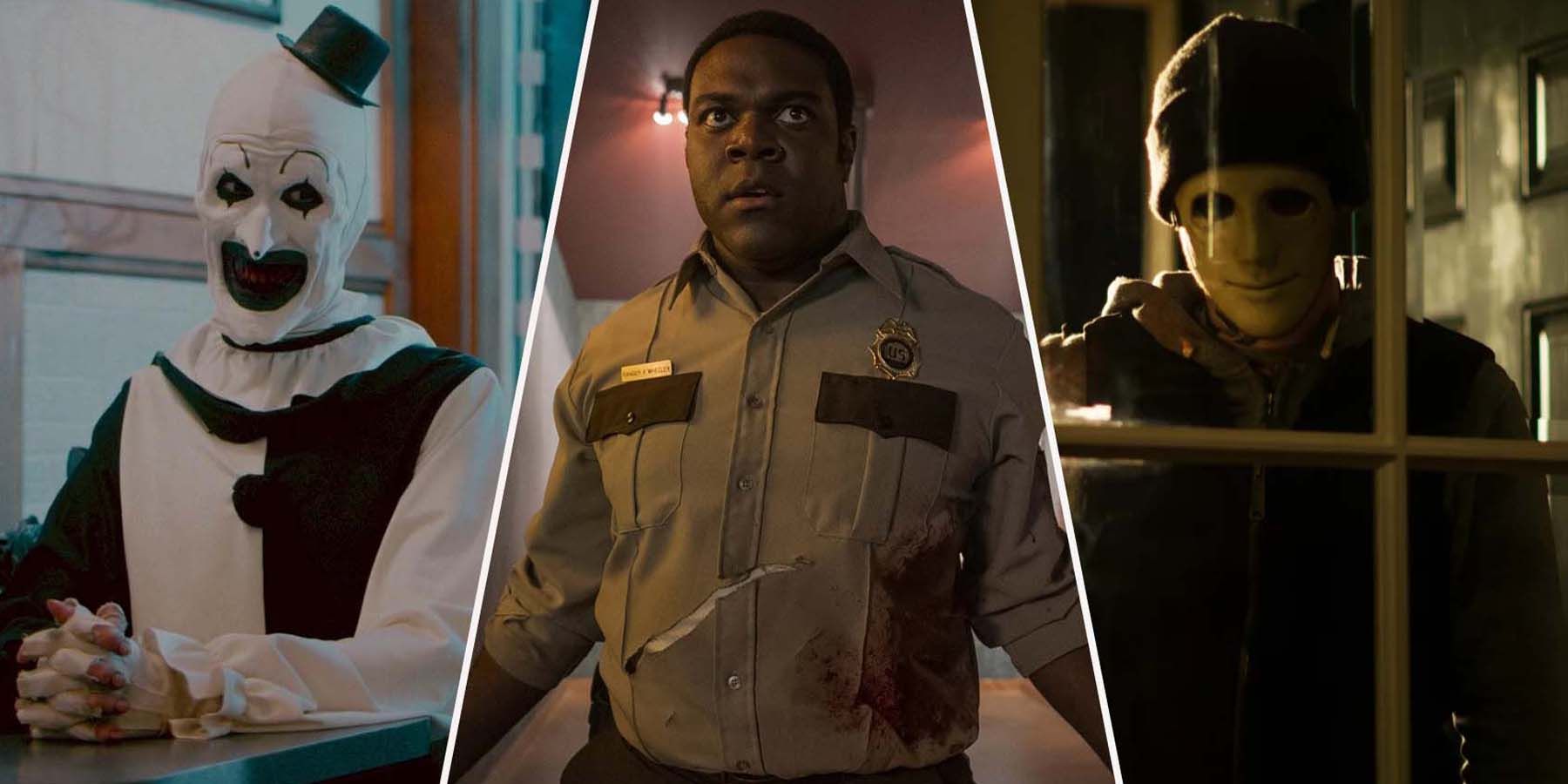
Related
Best Modern Horror Slasher Movies To Watch This Halloween
Slasher movies didn’t stop being awesome in the 1980s, and these modern horror films prove it.
In a Violent Nature: an “Ambient Slasher”
In a Violent Nature has sometimes been described as an “ambient slasher,” somewhere between the classic tropes of Friday the 13th and the slow, immersive filmmaking of Terrence Malick. Shot in the Ontario wilderness, the film takes a very deliberate approach, with shots of the beautiful forest scenery interrupted by some of the most graphic murder scenes in recent years. The story follows a supernatural killer named Johnny, whose eternal rest is disturbed when a couple of guys steal a locket that was hanging over his grave. In his quest to retrieve the locket, Johnny dons an old firefighter’s mask and hacks and slashes his way through an array of characters, with the camera often following behind him as he trudges ceaselessly through the woods for hours on end en route to his destination.
The film effectively plays with our understanding of how slashers typically depict their killers as being somehow able to appear anywhere at any time, tossing out narrative logic in favor of more efficient bloodshed. In a Violent Nature shows the audience those things that normal slashers would cut out, placing the audience in Johnny’s perspective as he covers what seems like miles of ground. It’s all in service of a film that pays homage to the classic “young people being murdered in the woods” slashers like Friday the 13th or Sleepaway Camp while subverting audience expectations by coming at it from a unique angle, sustaining the tension until the inevitable violence.
In a Violent Nature’s Unexpected Ending
After a relentlessly brutal climax, Nash toys with our expectations once again for In a Violent Nature’s finale. Two characters are left standing from Johnny’s rampage, our “final girl” Kris (Andrea Pavlovic) and her boyfriend Colt (Cameron Love), who attempt to escape with their lives. Colt tries to distract Johnny, but is quickly dispatched with an axe to the head. Finally realizing that all Johnny is after is his locket, Kris leaves the locket on a gas canister and flees as Johnny continues to take an axe to Colt.
She eventually finds a road, where she’s picked up by a helpful stranger (Lauren-Marie Taylor) who agrees to take her to a hospital. As they drive, the woman asks Kris what attacked her, and she merely replies “an animal.” The woman then relates a long, winding story about her brother, a former game warden, being mauled by a bear seemingly for no reason, as Kris anxiously looks out the window. Finally, they stop to dress Kris’s wounds, despite her protests and desperation to leave the woods. She stares at the seemingly empty forest as the woman bandages her, expecting Johnny to emerge at any moment.
Rather than end on this moment of ambiguity, the camera cuts to a couple more static shots of wilderness before ending on the gas canister, Johnny’s locket nowhere to be seen. With this moment, Nash implies that Johnny was reunited with his lost locket, and able to return to his grave.
This ending, while maintaining a similarly detached tone as the rest of the film, creates an overwhelming sense of dread as the audience expects Johnny to behave like a traditional slasher, appearing out of nowhere and murdering Kris and the woman, perhaps even jumping out of the backseat of the pickup truck. Similarly, when they stop to dress Kris’s wounds, the audience no doubt expects Johnny to emerge from the woods, taking advantage of this moment of stillness to strike.
The film has already established by this point that Johnny cannot appear out of nowhere, having shown him walking slowly and deliberately across many miles, so viewers are logically aware that it’s very unlikely he could have covered enough ground to catch up to them. But past slashers have rarely relied on logic, which is just another way that Nash plays with our preconceptions of this genre. The final shot of the gas canister could also be seen as subverting tropes, where we expect the killer to go on wreaking havoc, Johnny is content to return to the grave, his mission complete.
As a film that takes risks with one of horror’s most iconic subgenres, In a Violent Nature was perhaps destined to be polarizing. But while some viewers might have been put off by its subversive elements, it’s hard to deny that there’s been no other horror film like it this year, or any year.
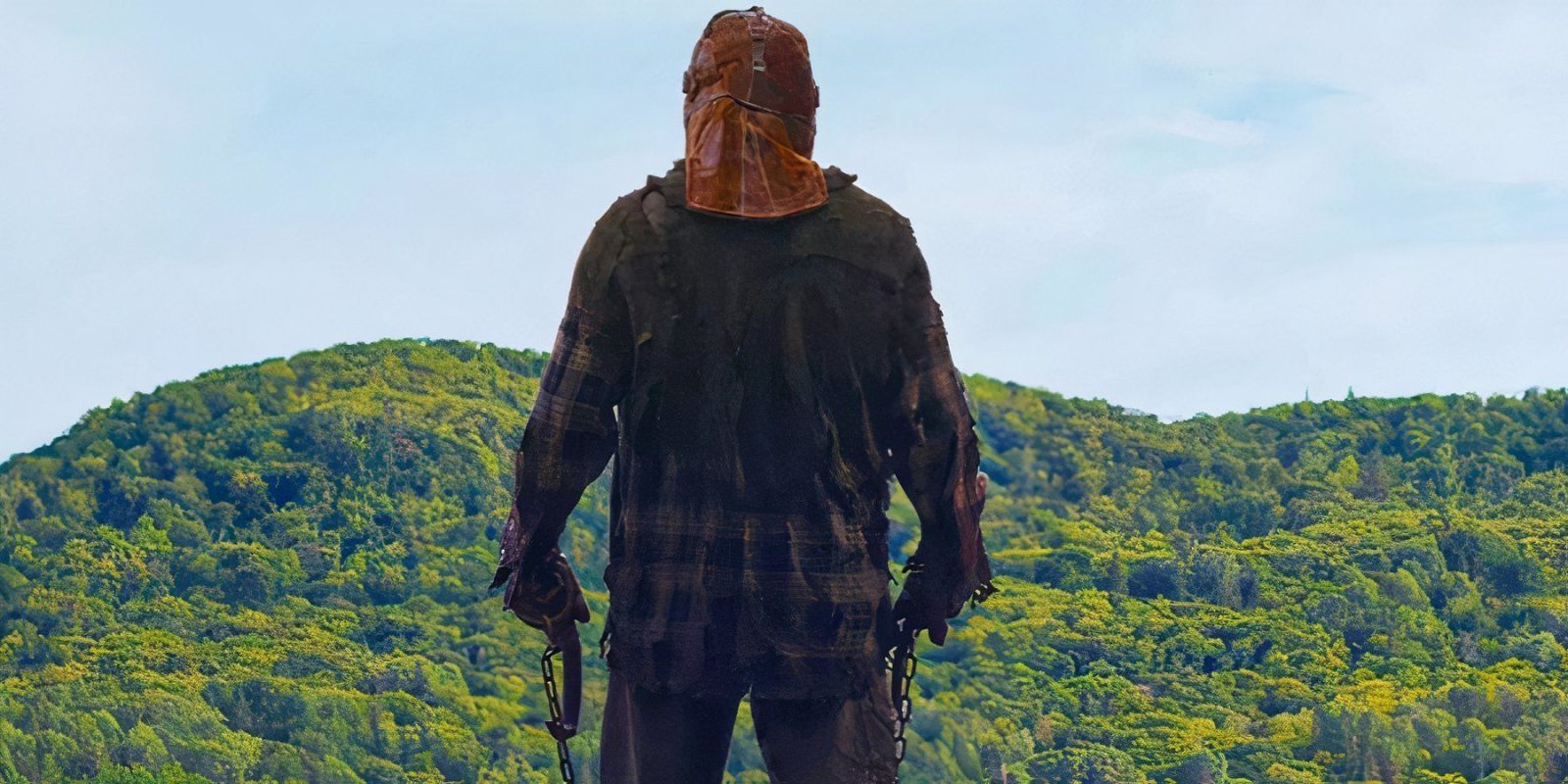
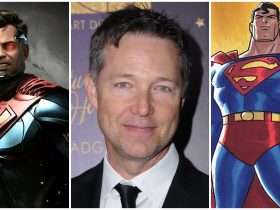
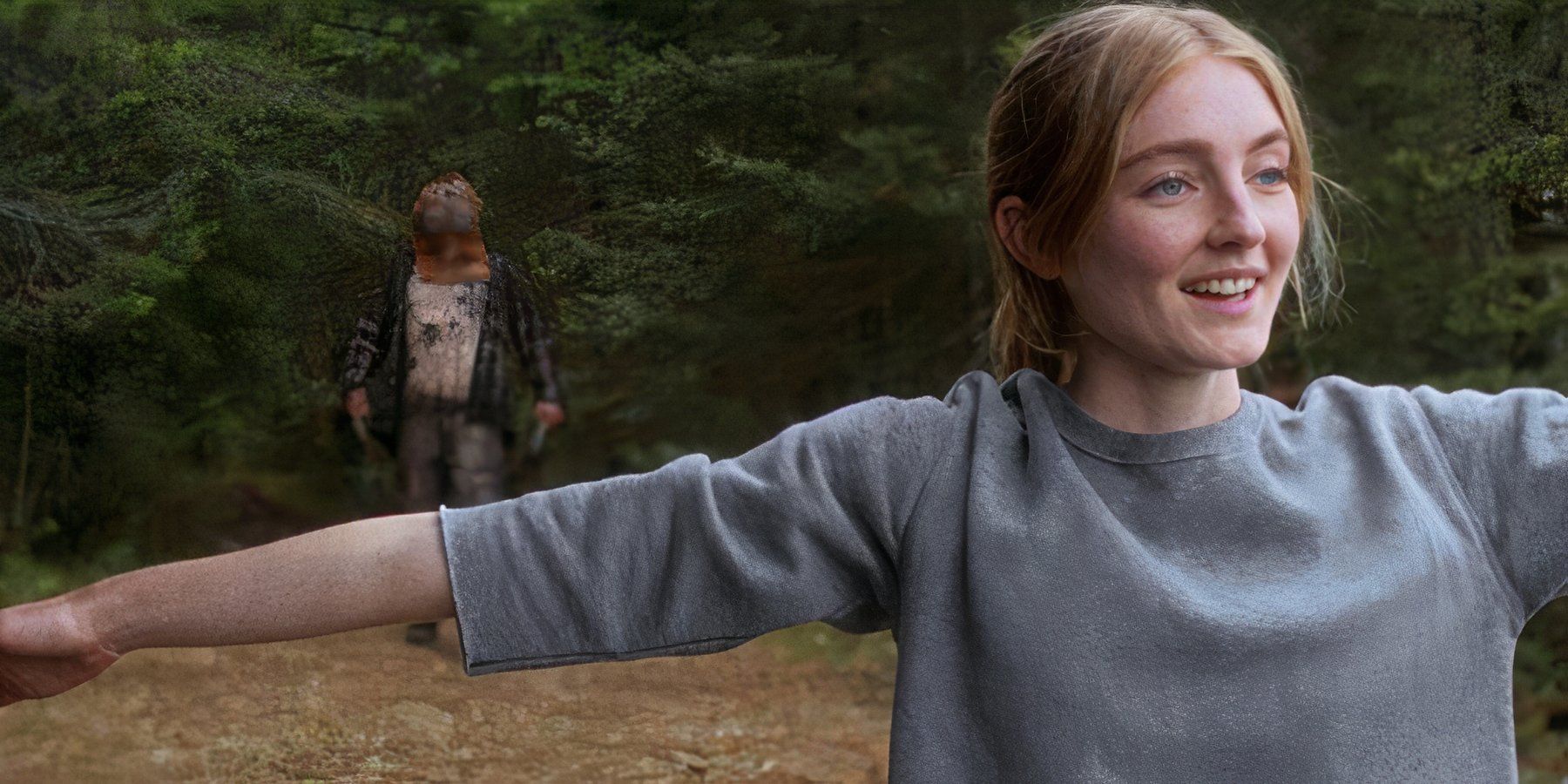
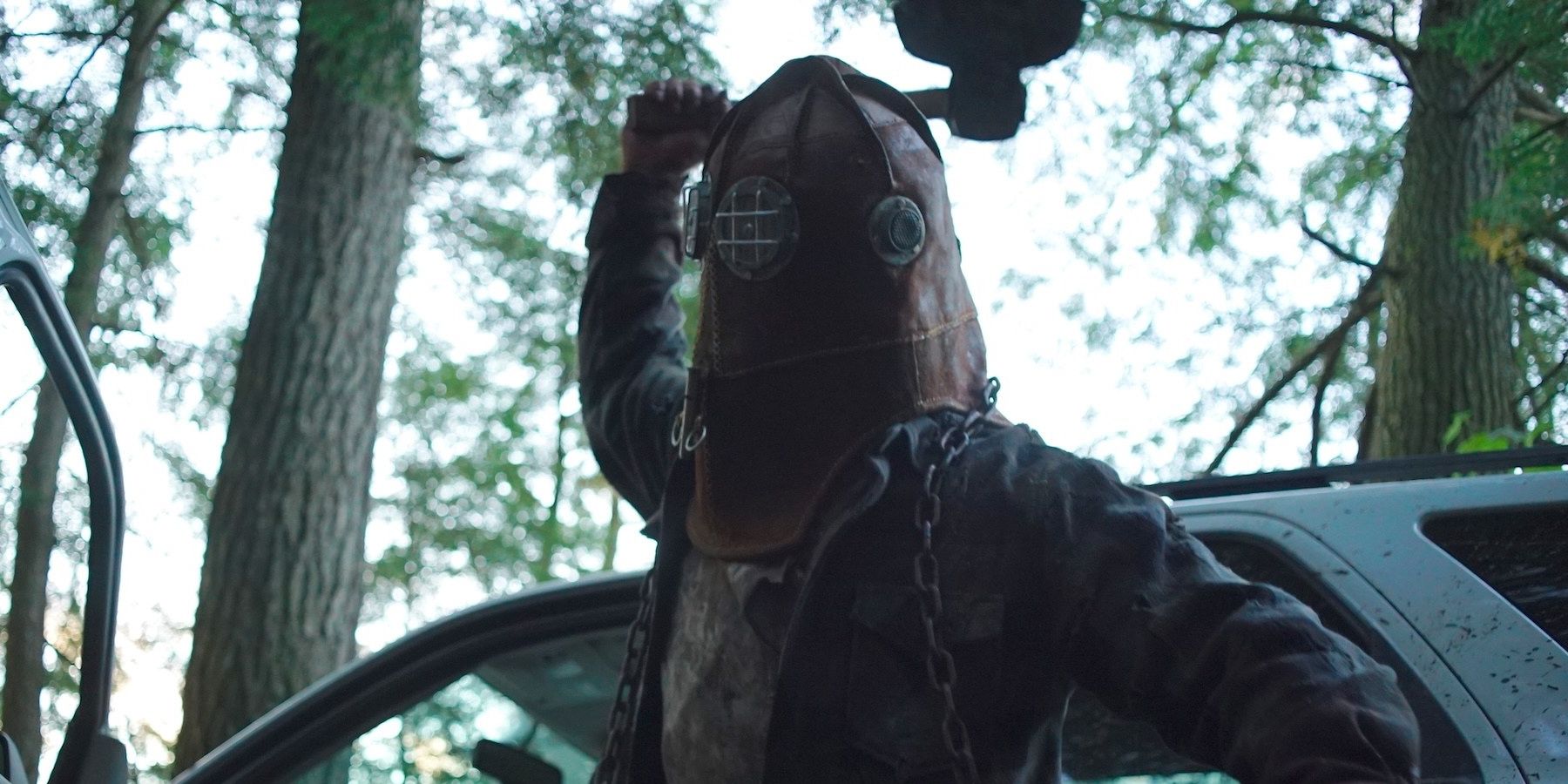
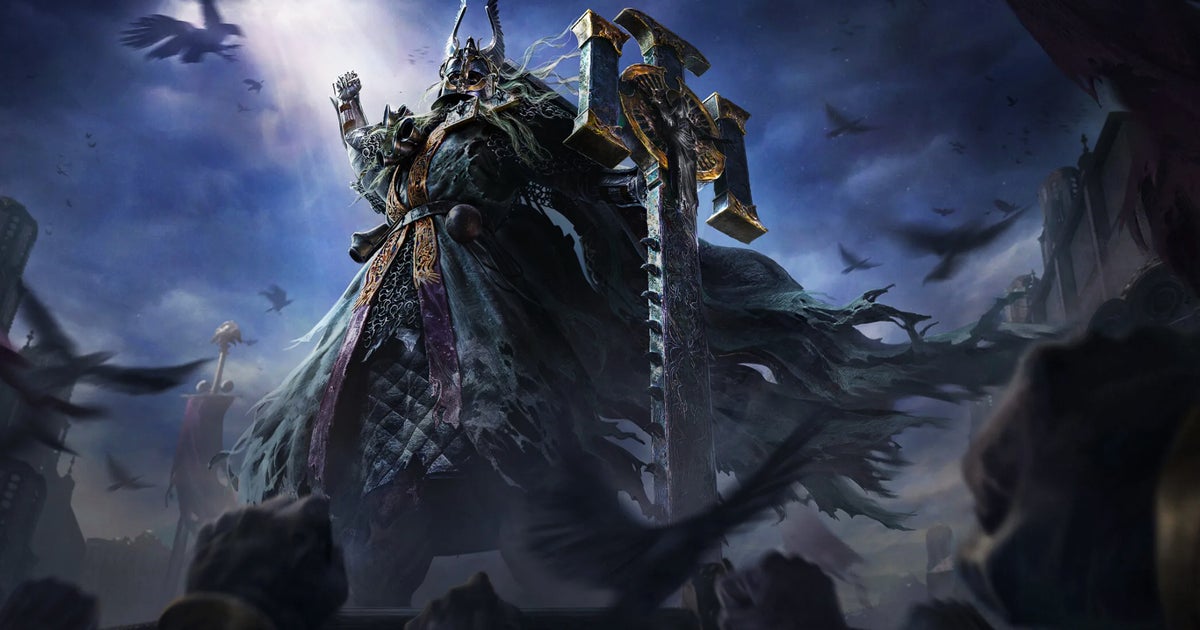
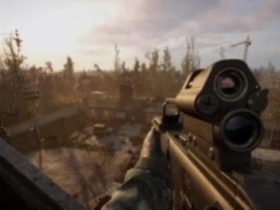
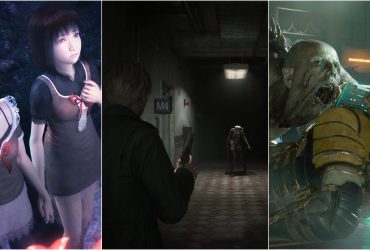

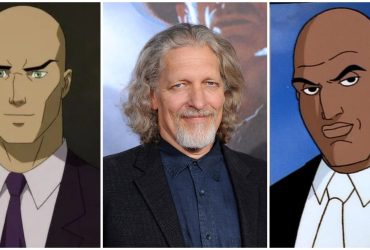
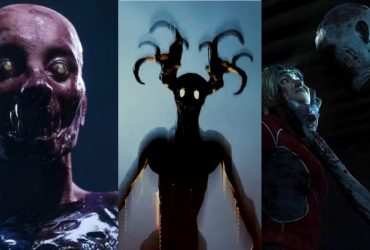

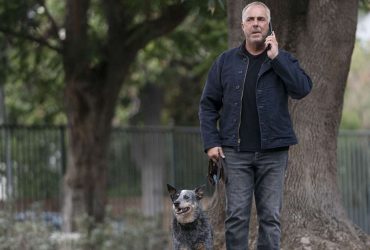
Leave a Reply